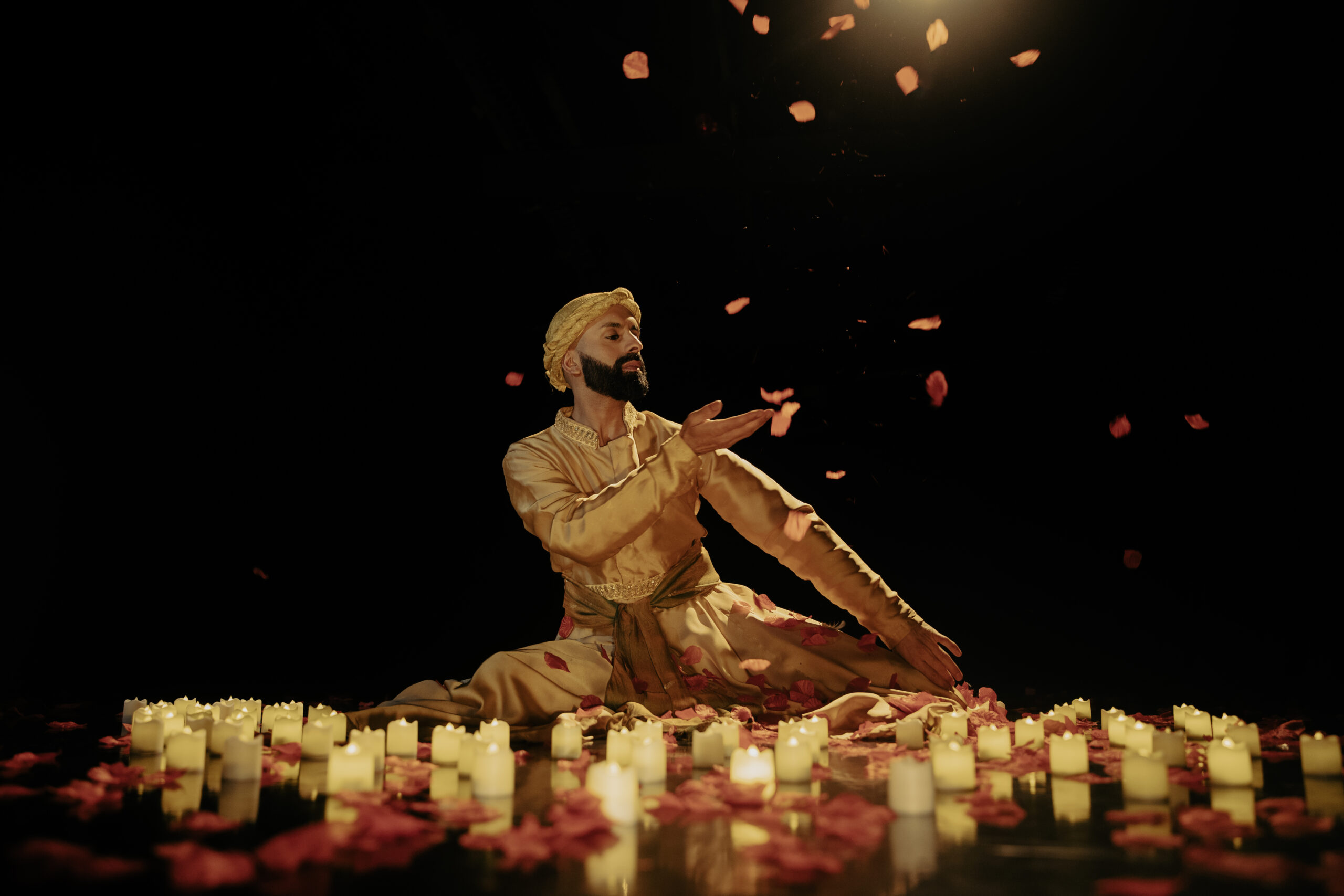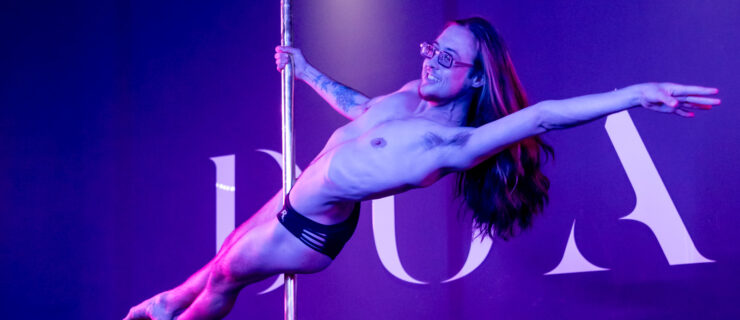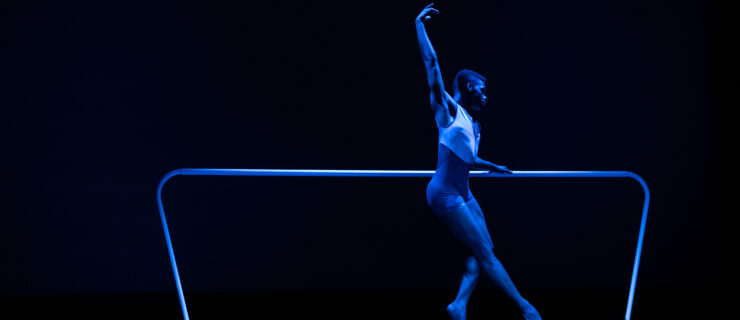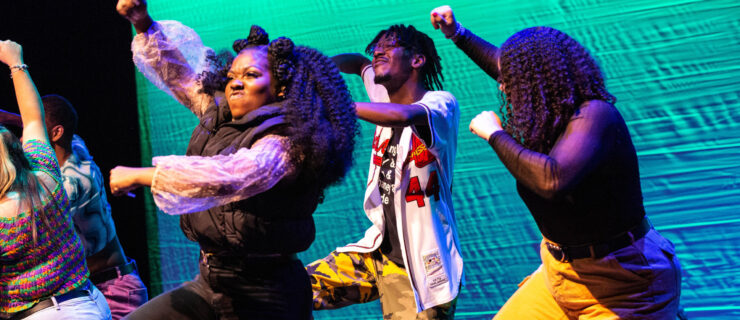Aakash Odedra on Cross-Cultural Collaborations and Entering Other Choreographers’ Worlds
Bessie Award–winning dancer and choreographer Aakash Odedra has a lust for learning: When he was 15 years old, he set off from his hometown of Birmingham, England, to India, where he trained under renowned Bollywood choreographer Shiamak Davar. Since then, he’s sought out every opportunity to expand his movement vocabulary. Under the umbrella of his eponymous Leicester-based company, he’s consistently made works fusing contemporary and classical Indian styles, and embraced creative exchange through numerous collaborative projects with high-profile choreographers.
This summer, Odedra will be debuting two such creative exchanges, one on either side of the Atlantic. July 11–12, his 2020 work Samsara, a Journey to the West–inspired duet with Chinese dancer Hu Shenyuan, will make its U.S. debut at New York City’s Lincoln Center. Then, in August, Odedra will premiere Songs of the Bulbul, a new solo collaboratively created on him by Rani Khanam to a musical score by Rushil Ranjan, at Edinburgh International Festival.
Samsara is inspired by the classic Chinese novel Journey to the West and aims to trace the steps we take in search of our higher selves. What led you to explore this topic?
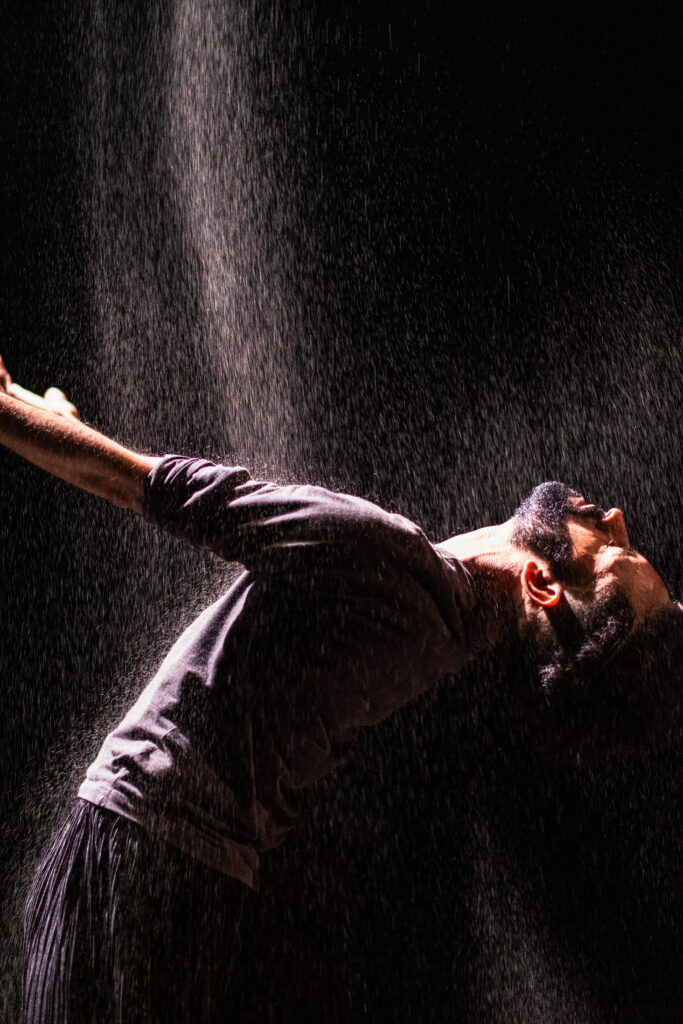
Journey to the West tells the story of a 7th-century monk who went from China to India to retrieve the original Buddhist scriptures. Many monks had already attempted the journey but never made it back. I had this image in my mind that it was the same monk life after life after life trying to get to his destination, and that he saw his footprints in the sand from the times he’d been there before. That’s how the idea for Samsara started.
I was also fascinated by the sense of cultural interdependence in the story. The fact that the monk wants to receive knowledge from a different culture is particularly interesting today as the invisible walls between nations are becoming so high.
Samsara is a duet with Chinese dancer Hu Shenyuan, who’s known for his fluid, mercury-like movement style. Tell us about your relationship.
Hu and I are like one soul split into two. He doesn’t speak any English, and I don’t speak any Chinese, so we communicate through eye contact and silence. We laugh at the same things and know exactly what each other’s thinking. When we’re moving together, we know within a fraction of a second what the other’s going to do. We have this incredible give-and-take.
I read that you have similar life stories, too.
I decided to leave Birmingham at 15 because I felt like the environment around me didn’t match the environment within. Hu also left his hometown at 15 to train at Beijing Dance Academy. At that age, you can only imagine what the world’s going to be like. There’s this sense of not knowing where you’re going, but knowing that you have to do a journey. That is the main similarity between us: Something pulled us on a path that was carved out before we were conscious enough to know what it was. That something was dance.

It’s a busy summer for you: You’re also premiering a new solo, Songs of the Bulbul at Edinburgh International Festival in August.
Bulbul is inspired by the ancient Sufi myth of a Persian bird that gets captured and sings a beautiful, melancholic song. There’s a process of training that the bird has to undergo for the melody to reach its highest level of potency: It’s first put in a large, golden cage near a window, where it sings in reverence of its former freedom. From there, it’s placed in an even smaller cage. Because of the confined environment, it sings more powerfully to be free. The process carries on like this until the final stage when the bird’s eyes are removed, and it sings its final song before leaving the world.
This story reminded me of the life of an artist. Every time I’m onstage, I die a little. I leave a small part of myself with the audience until there’s nothing left to give. For me, this isn’t a negative thing. When the bird in the story dies, it’s freed from its cage as well as the body that contained its powerful soul. Bulbul is about this sense of freedom.
Bulbul is being made on you by Indian kathak dancer, choreographer, and guru Rani Khanam. Why is it important for you to have work created on you as well as choreograph your own works?
I love going into other people’s worlds. I feel like I will be a student for life because I always want to learn. I also love that through Bulbul I’m able to give Rani a chance to work with lighting and dramaturgy, which isn’t so common in India, and to make her world more accessible to people who aren’t normally exposed to it.
Samsara has some very iconic scenic elements, including a stream of sand that pours from above. Can we expect something similar in Bulbul?
It’s become a running joke in the company: “What’s going to fall from above next?” In Bulbul there’ll be a lot of candles and petals, which are very important in Persian poetry. When the bird dies, I want to use light to suggest that it leaves behind an imprint of positivity and energy. I like to immerse myself in worlds that I can get lost in.

